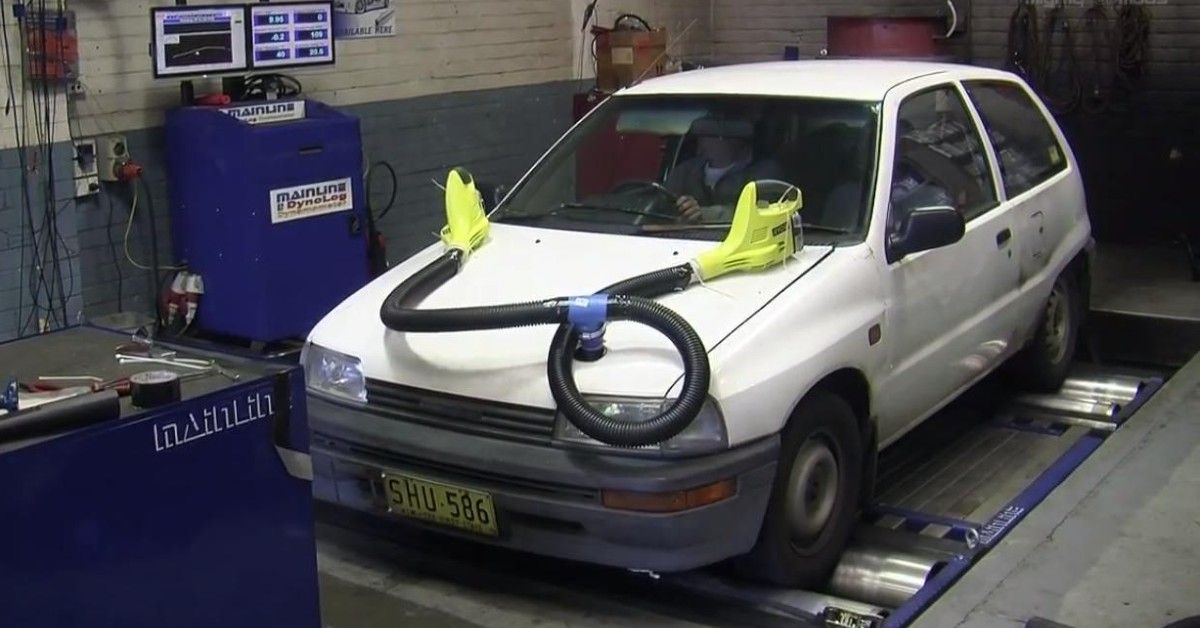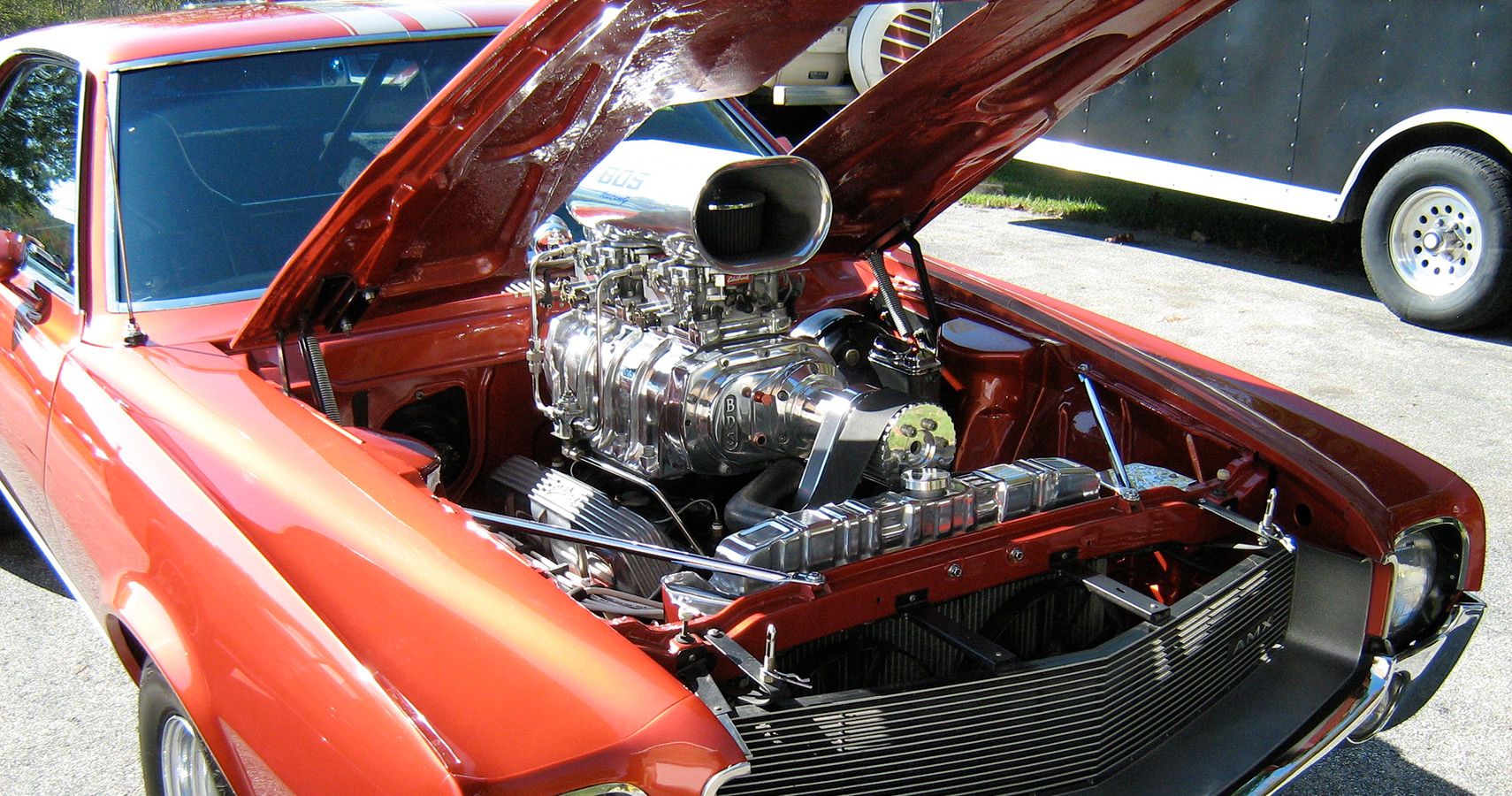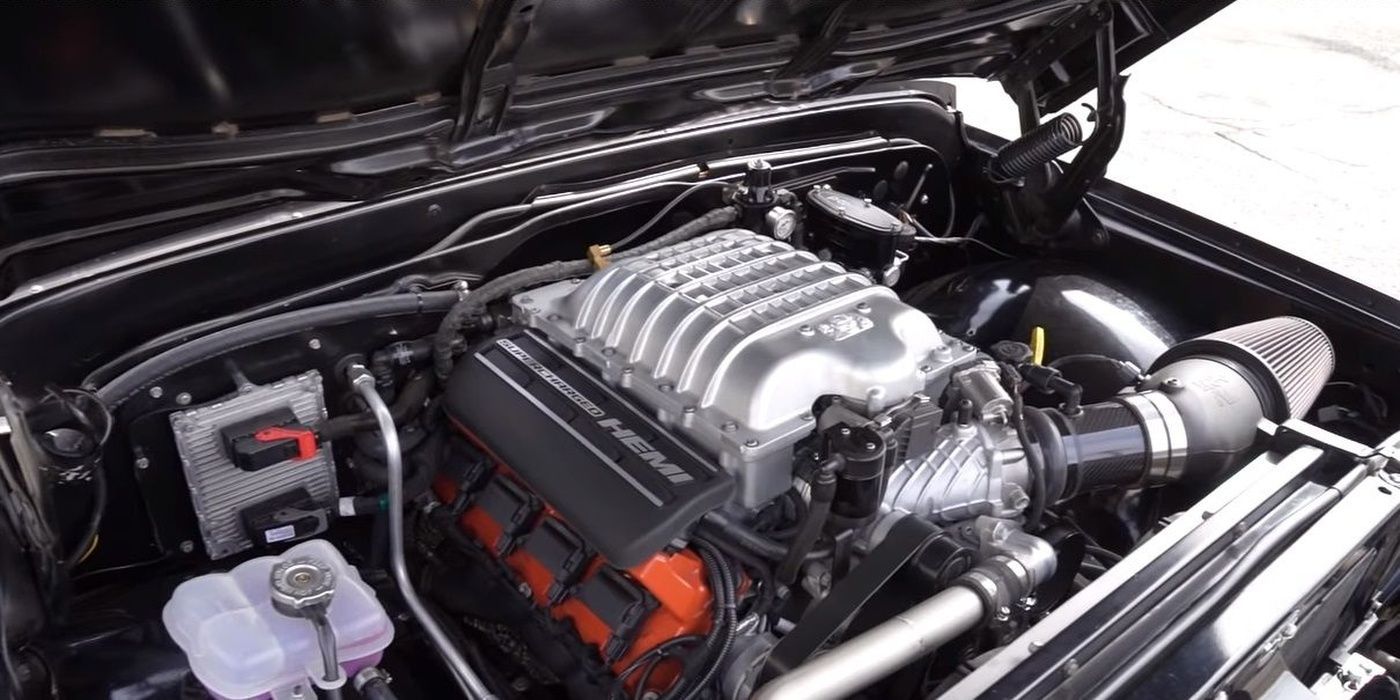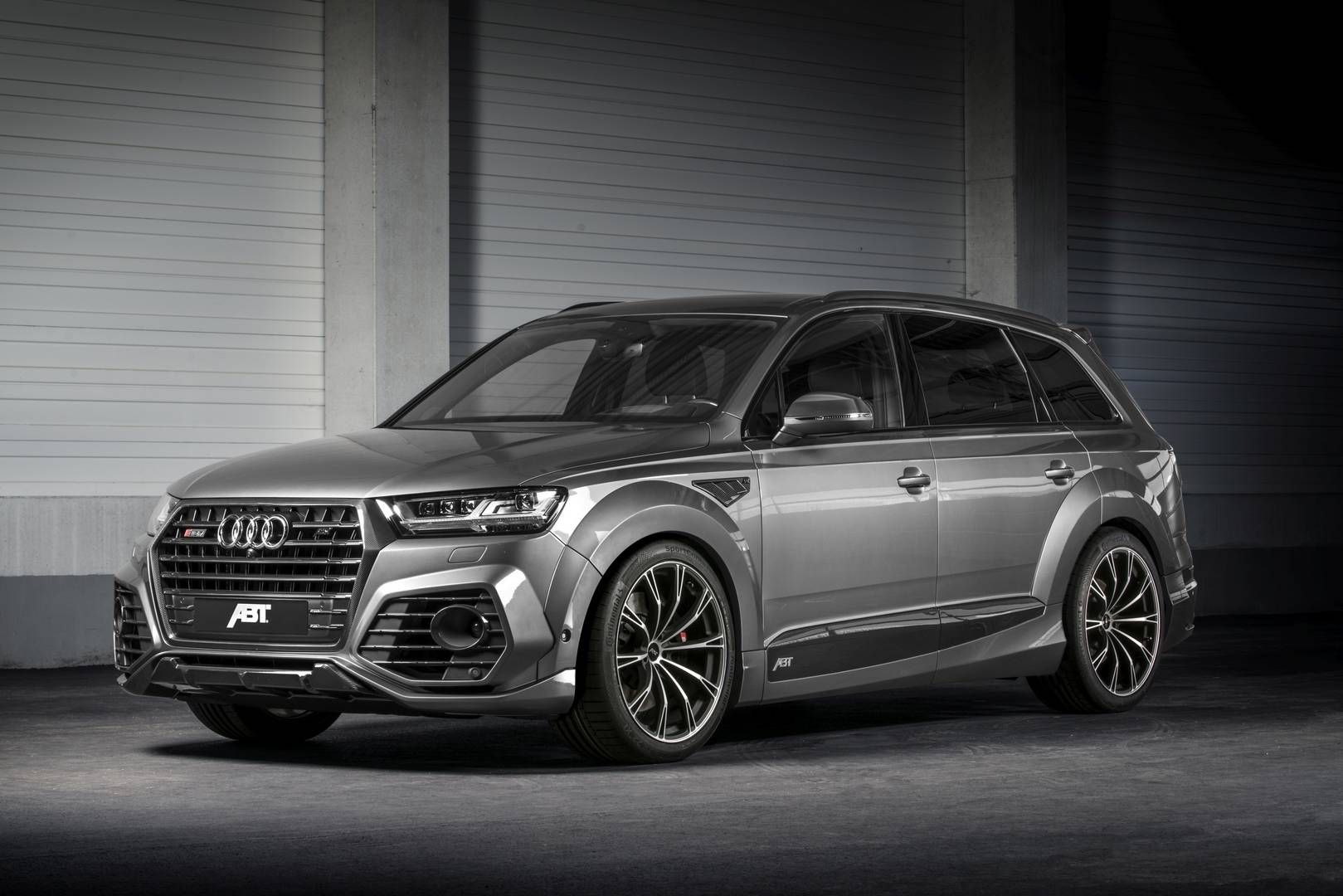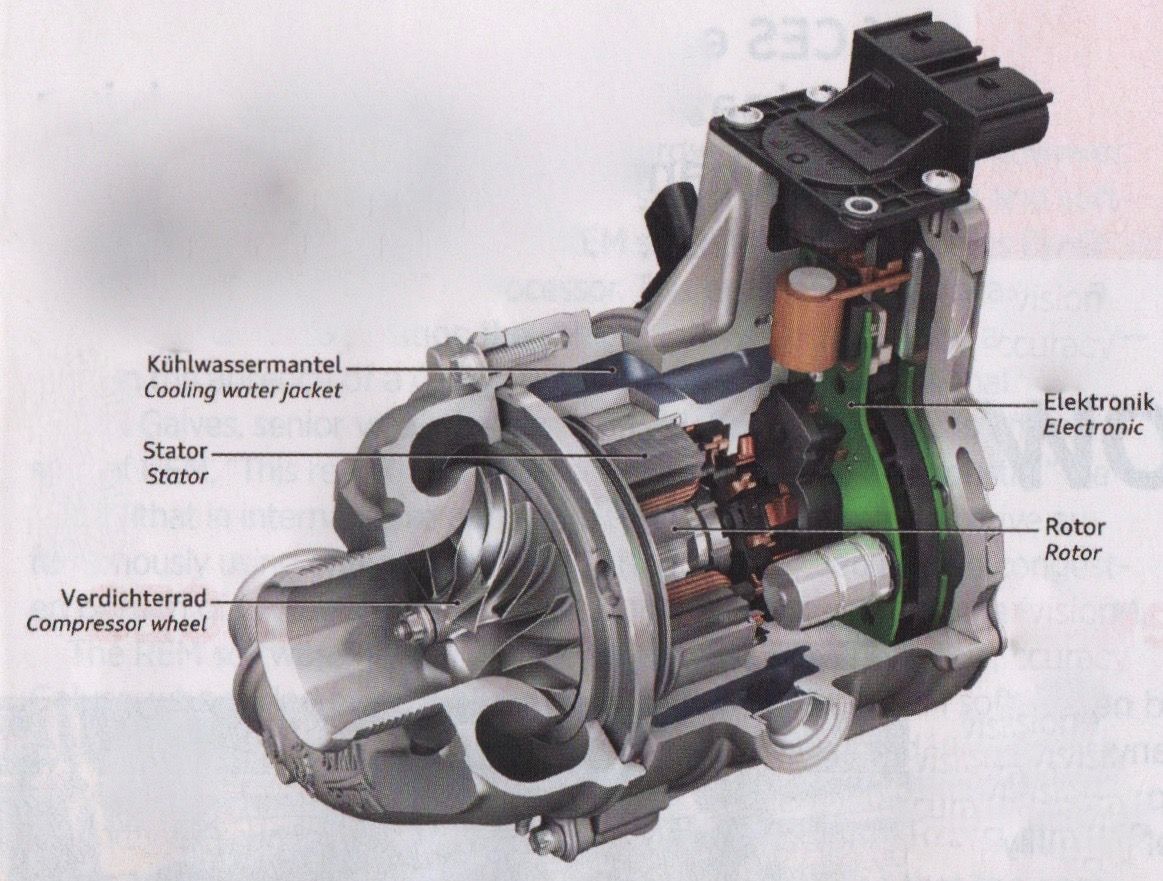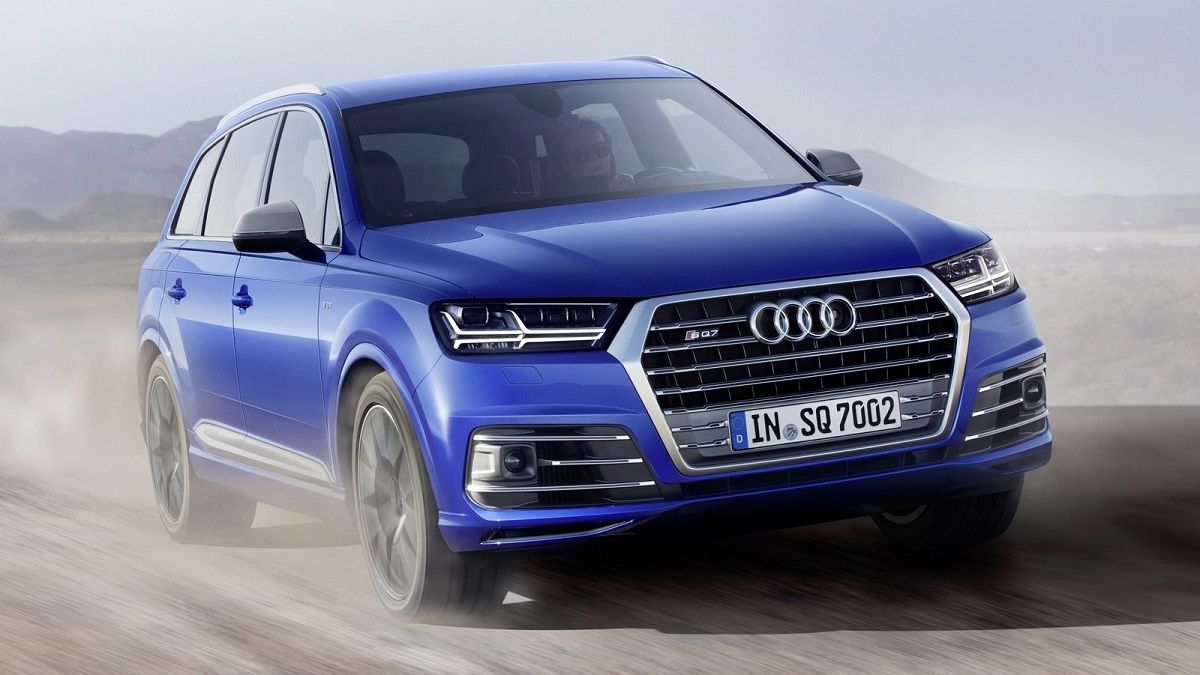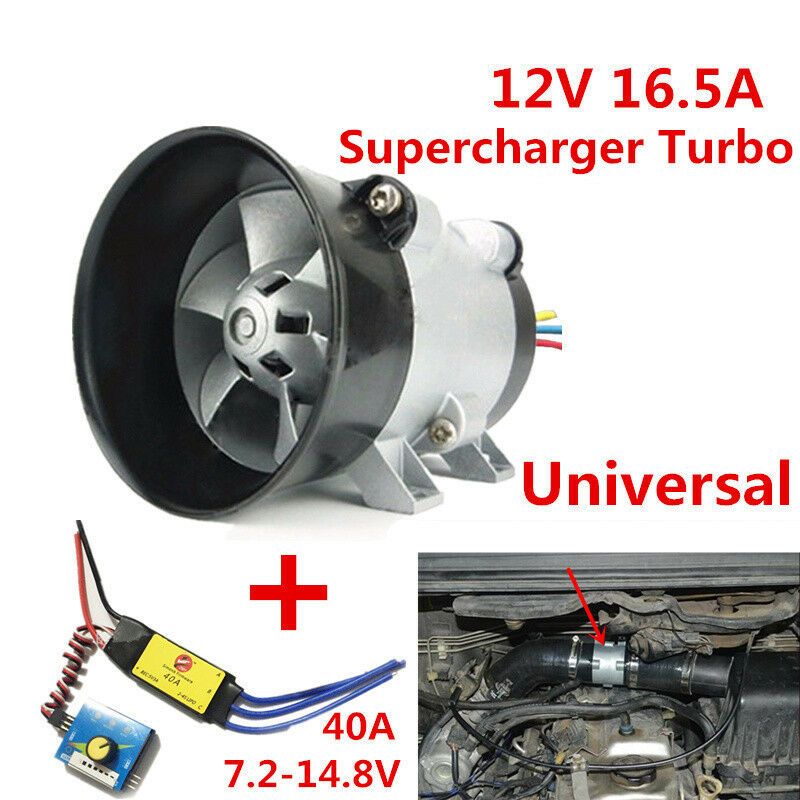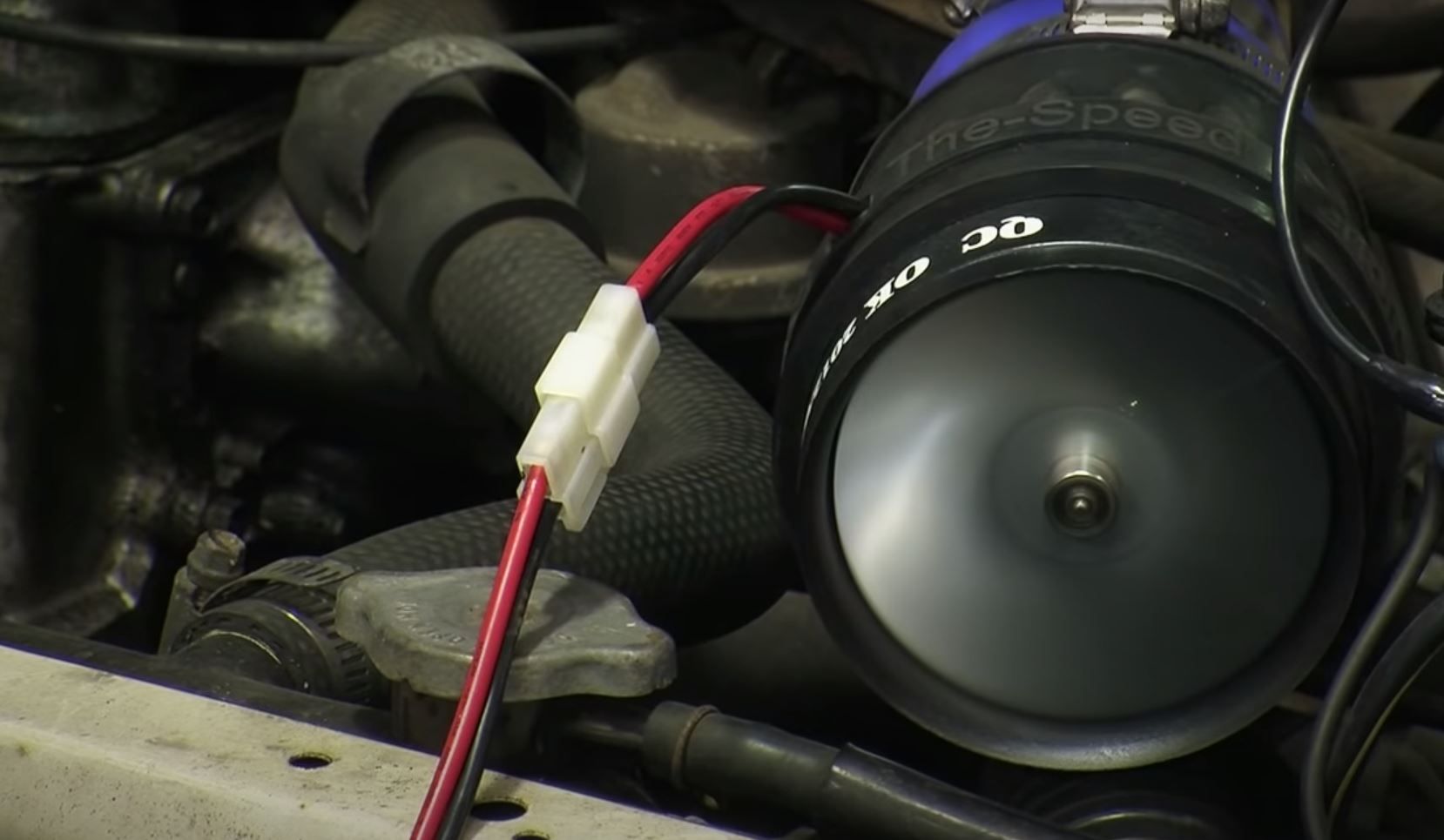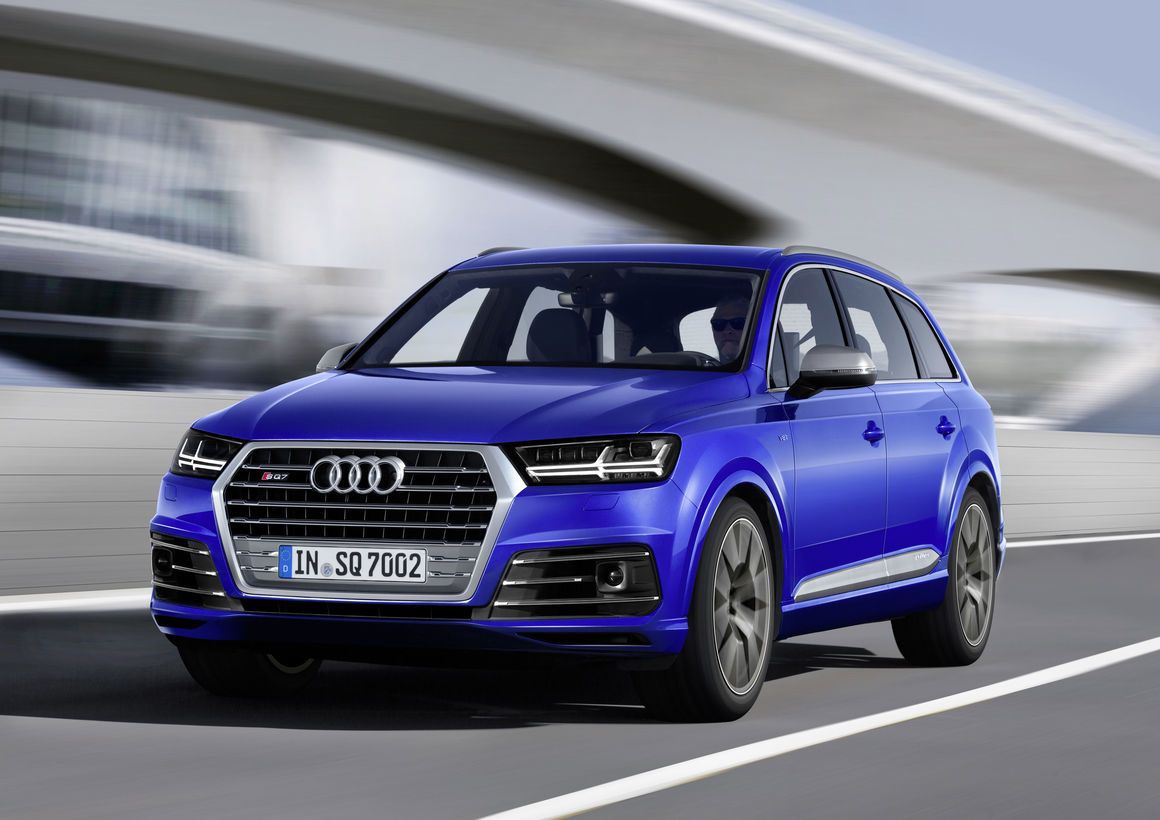Is there anything on this earth better than a supercharged sports car whining like a jet engine every time you put your foot on the throttle? Us petrolheads certainly don't think so. Even still, there are people today who think they can do better than a design that hasn't fundamentally changed in decades. Unscrupulous sellers on places like eBay, Craigslist, and Amazon all have a claim to a supercharger design that supposedly revolutionizes the way we look at forced induction. These people promise that adding electricity to the supercharging system is a sure-fire way to add even more power to your next forced induction project.
These electric superchargers promise the world, but can they even come remotely close to delivering? To find out, let's take a look at the facts we know right now, and how these electric new designs differ from ordinary superchargers.
Let's separate fact from fantasy as we take a deep dive into the supposedly high tech world of electronic supercharging in order to figure out if it's all a load of nonsense.
A Layman's Lesson In Supercharging
There are several types of traditional superchargers, like twins screw and centrifugal designs for instance. But all these different types of supercharging have their roots back in the black and white TV days of The Second World War.
It was in the crucible of combat that aircraft like the Grumman F6F Hellcat naval fighter and Supermarine Spitfire interceptor first used supercharging in order to climb higher and dive faster than axis aircraft.
The supercharger's main purpose in this application was to mechanically force more air into the combustion chamber in order for the plane to better operate at increasingly higher altitudes. After the war, car manufacturers discovered this was also a wonderful way to get the most power possible out of an automobile.
For the last seven decades, the key mechanisms behind a supercharger's basic operation have changed little. Apart from downsizing in order to fit under the engine bays of passenger cars instead of military aircraft, the formula's been pretty much the same as it was when our grandparents were off fighting the Axis powers. In the year 2021, many people want you to believe this is about to change. But is it a load of bull? Let's find out together.
Real Electric Supercharging
Adding an electric current through a supercharger might sound like an absolutely bonkers idea. But knowing what we know about how superchargers work, it's not entirely a load of lies. Audi's latest SQ7's four-liter V8 diesel engine already sports twin turbos. But also utilizes an electric forced induction element which blurs the line between a turbocharger and a supercharger.
With a 48-volt electric current flowing through this third compressor, the idea is that the added electric charge could in theory eliminate any semblance of lag. This is because the instant surge of electricity allows the supercharger to spool up much faster than just off engine pulleys or exhaust gasses alone.
The system is set up so that only one turbo is utilized at most cruising speeds. Then, as throttle input is added, the second turbo as well as the electric induction element work in tandem to bring on a gradual surge of power more than capable of any overtaking maneuver you may need to attempt. On the limitless roads of the Autobahn or the long straight roads of the American interstates, this bump in power will no doubt be a welcome addition to any buyer's lives. That is of course if they can stay reliable as they age, only time will tell.
The Hilariously Terrible Aftermarket
If you don't have access to a billion-dollar German auto conglomerate, there are still some other ways of adding electric induction to your car. But we can't stress this enough, don't even bother. Any of these scams your likely to find on eBay or Amazon are sure to be as cheap as the Audi system was expensive. Notice how the Audi system its own bespoke 48-volt electrical current just to run the electric turbine. Any DIY kit you're likely to find will likely just run straight of the twelve-volt battery terminal of whatever car you hook it up to.
If we know anything about cheap plastic items made in places in the far east, it's they are extremely intolerant of heat or pressure, two things that are made in abundance within an internal combustion engine. The possibility of one of the flimsy compressors breaking off and being sucked into your engine making the entire car a lawn ornament makes installing one of these a potential death sentence for your engine.
So then, unless you're ready to spend $80 thousand dollars plus for the latest Audi SQ7, it probably goes without saying at this point that you're better of at least, for the time being, leaving electric induction to the professionals. It'll probably save you having to rebuild your whole engine.
Sources: Audi, Mighty Car Mods

